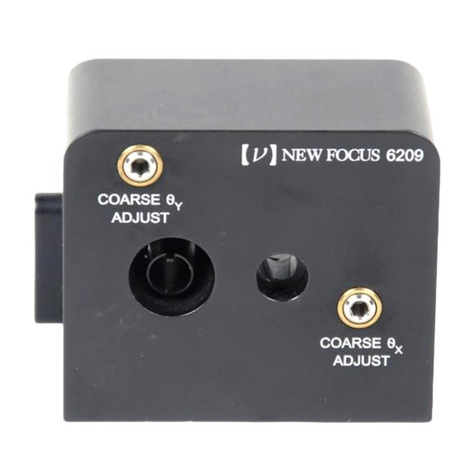New Focus 145 series User manual




















This manual suits for next models
11
Table of contents
Other New Focus Control Unit manuals
Popular Control Unit manuals by other brands

hager
hager RTN710X manual

CTC Union
CTC Union 2216 installation guide
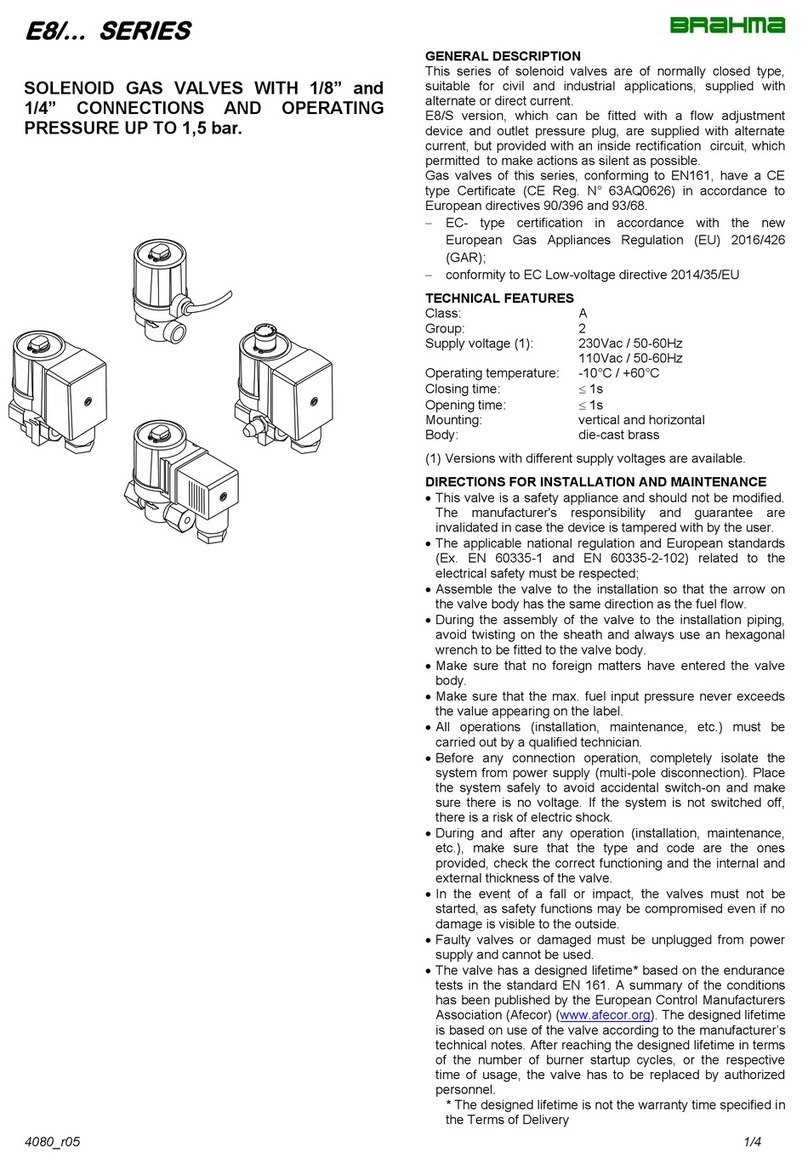
BRAHMA
BRAHMA E8 Series quick start guide
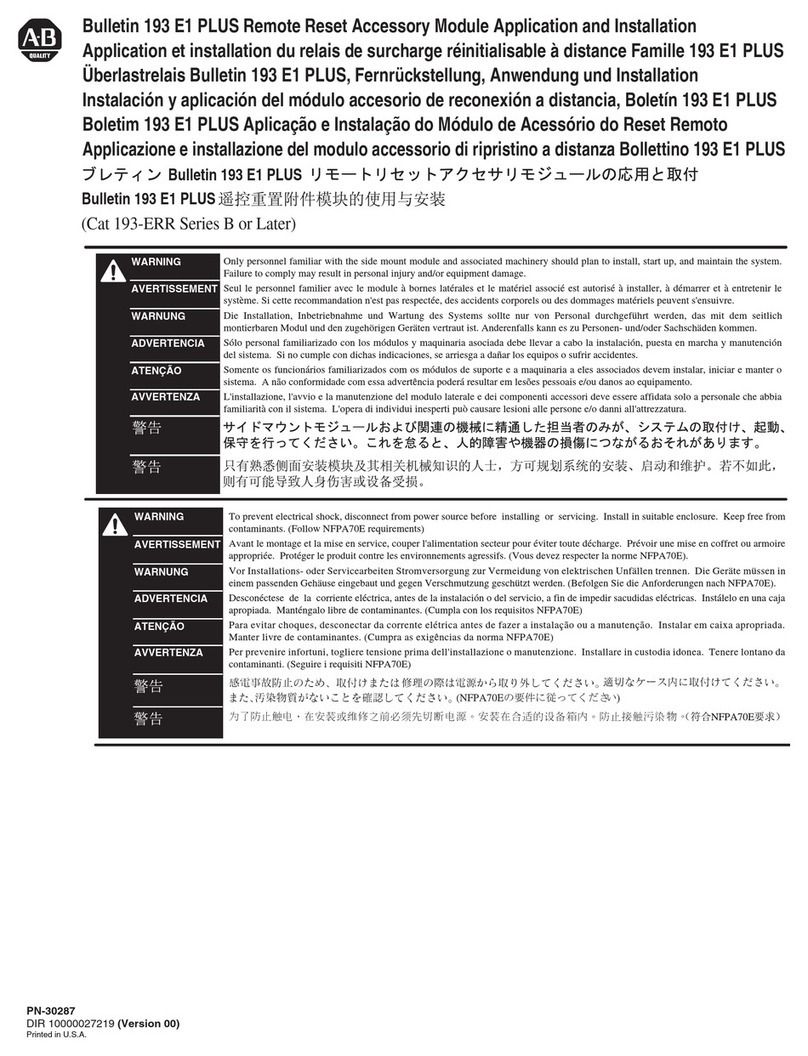
Rockwell Automation
Rockwell Automation Bulletin 193 E1 PLUS Application and Installation

Pfeiffer Vacuum
Pfeiffer Vacuum TPG 300 operating instructions
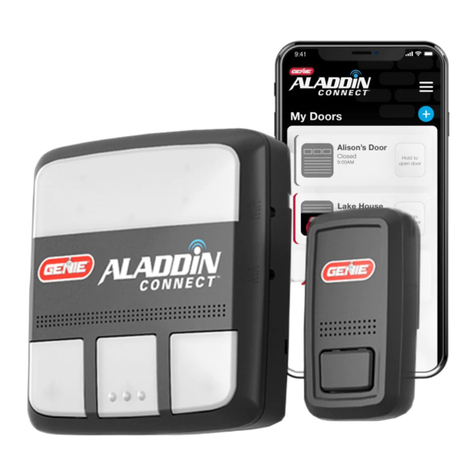
Genie
Genie Aladdin Connect Programming guide
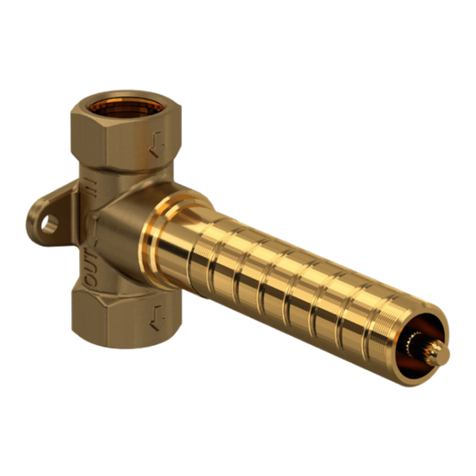
Rohl
Rohl R1041R instruction manual

Aube Technologies
Aube Technologies TH132 A owner's guide
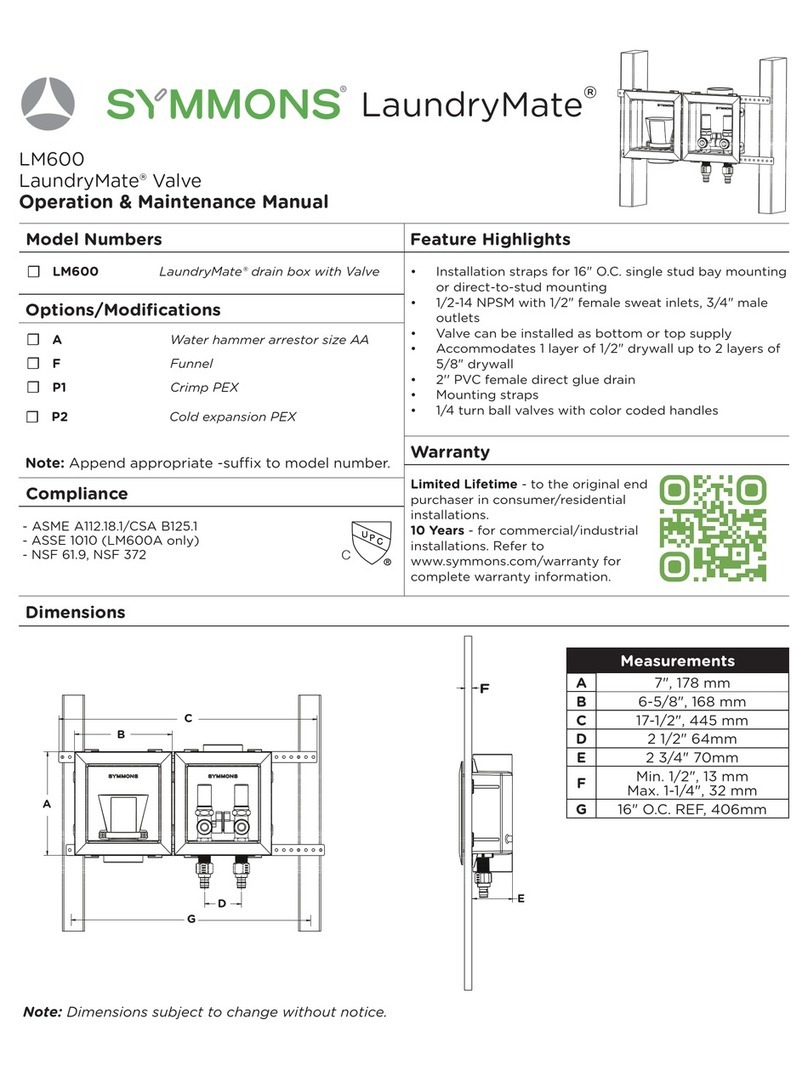
Symmons
Symmons LaundryMate LM600 Operation & maintenance manual

Rockwell Automation
Rockwell Automation Allen-Bradley 1770-KFC15 user manual

Red Valve Company
Red Valve Company SERIES 5400 Installation, operation and maintenance manual

Honeywell
Honeywell SV2 Series installation instructions

Advantech
Advantech AIW-357 DK-G1P user manual

EasyIO
EasyIO FD-20i Series User reference

TLV
TLV Y8F Series instruction manual

HEIDENHAIN
HEIDENHAIN TNC 320 Programming Station user manual

ITT Industries
ITT Industries Bell & Gossett B-38 instruction manual
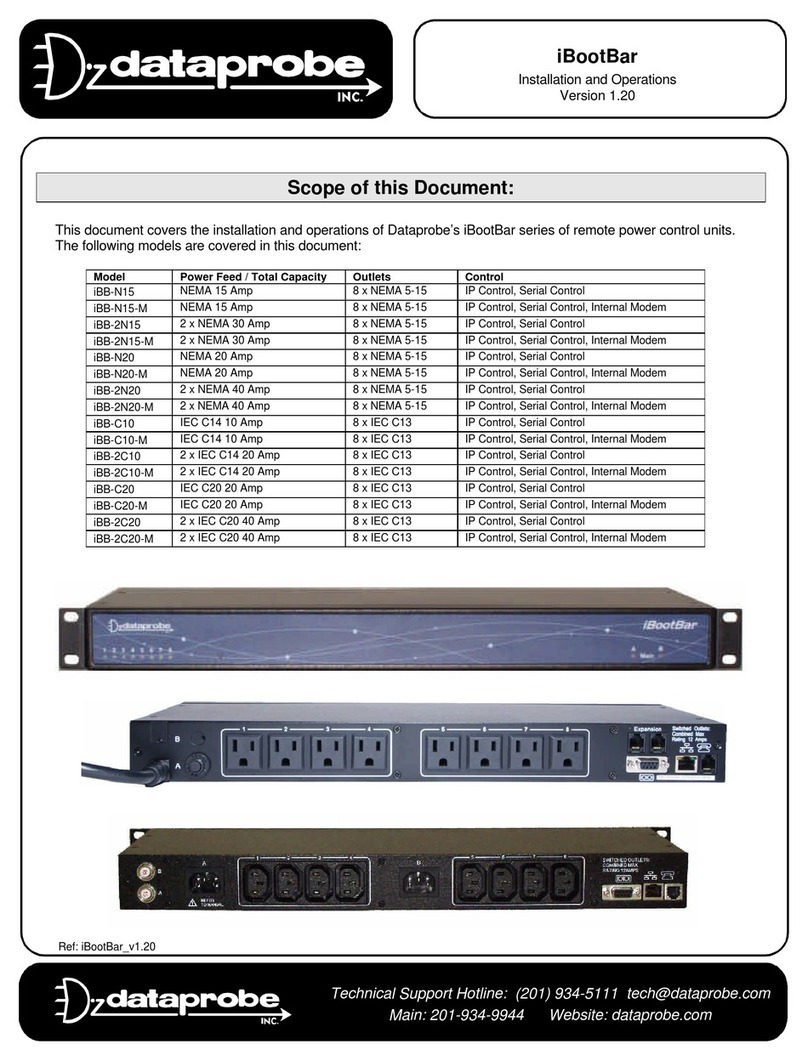
Dataprobe
Dataprobe iBootBar Installation and operations
